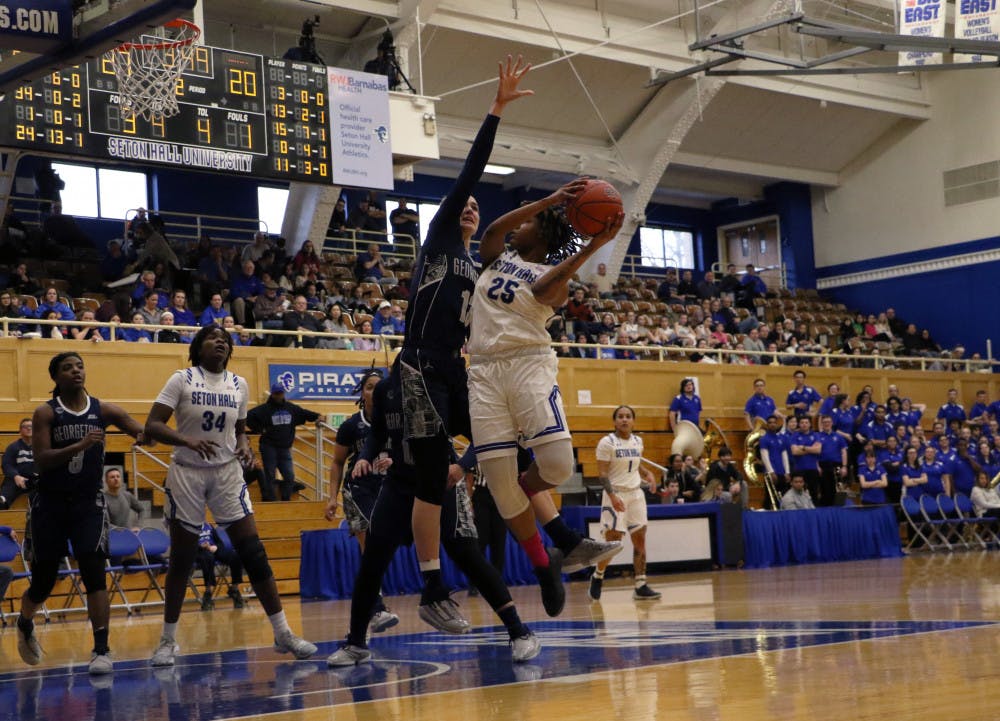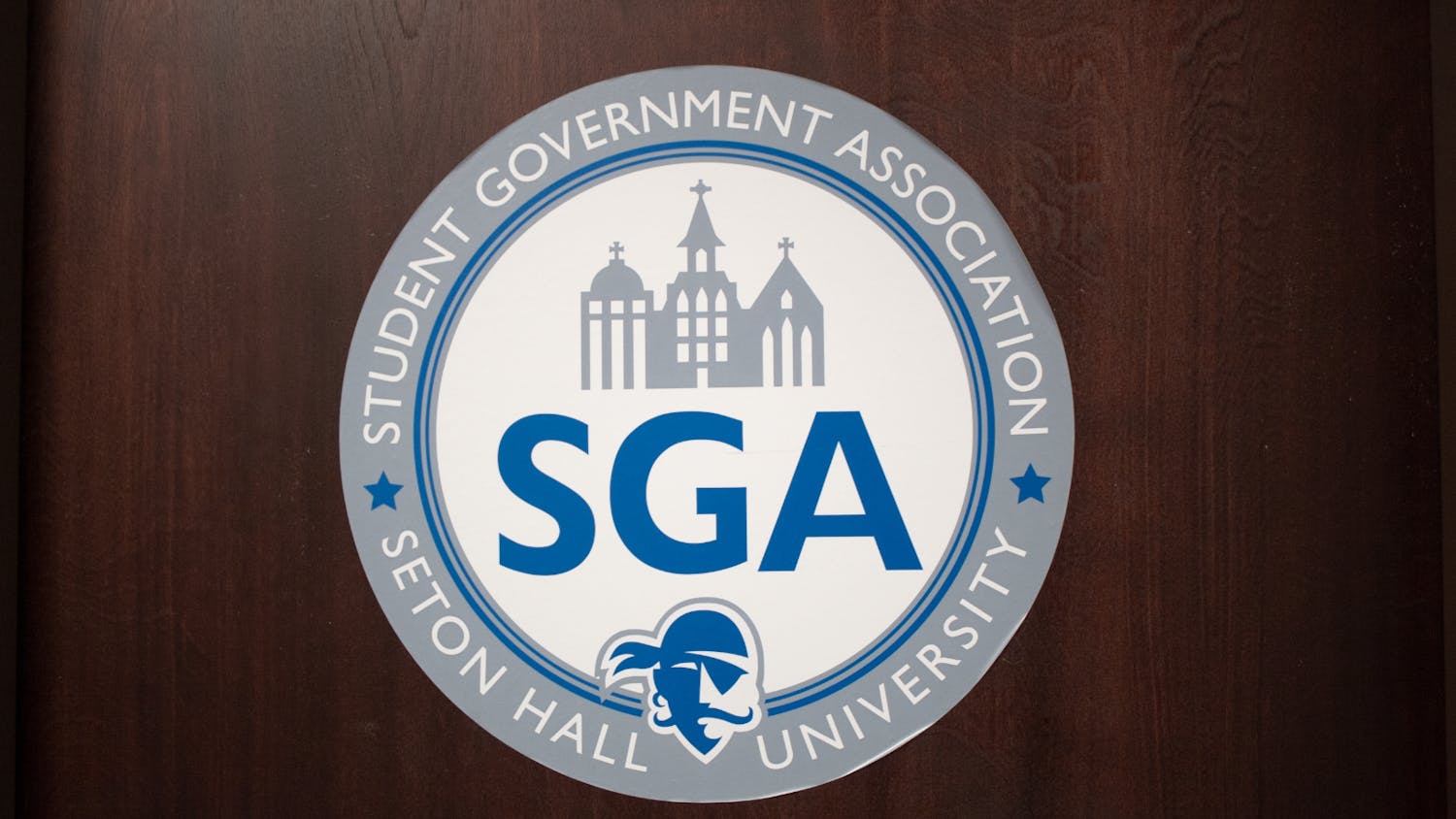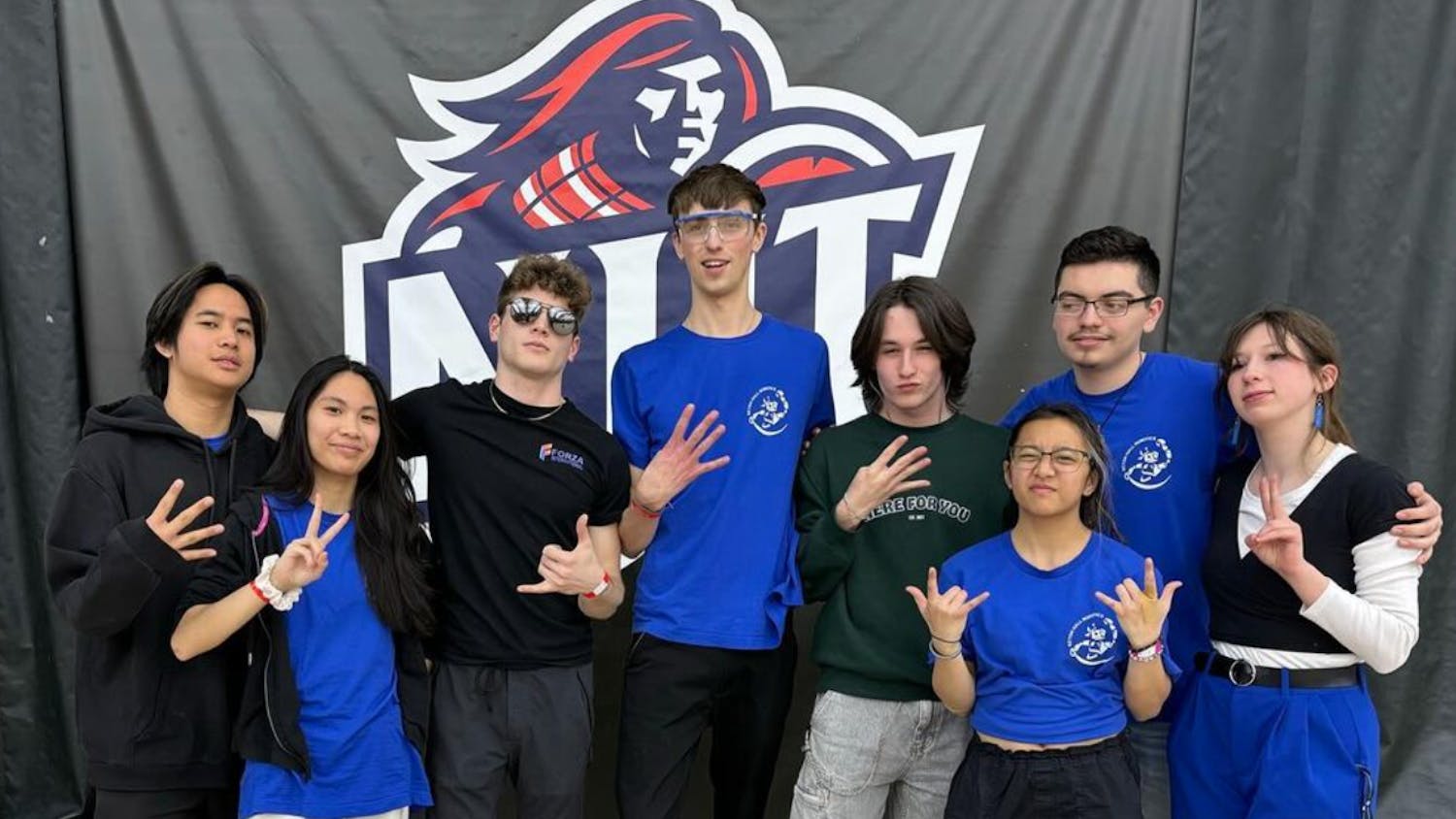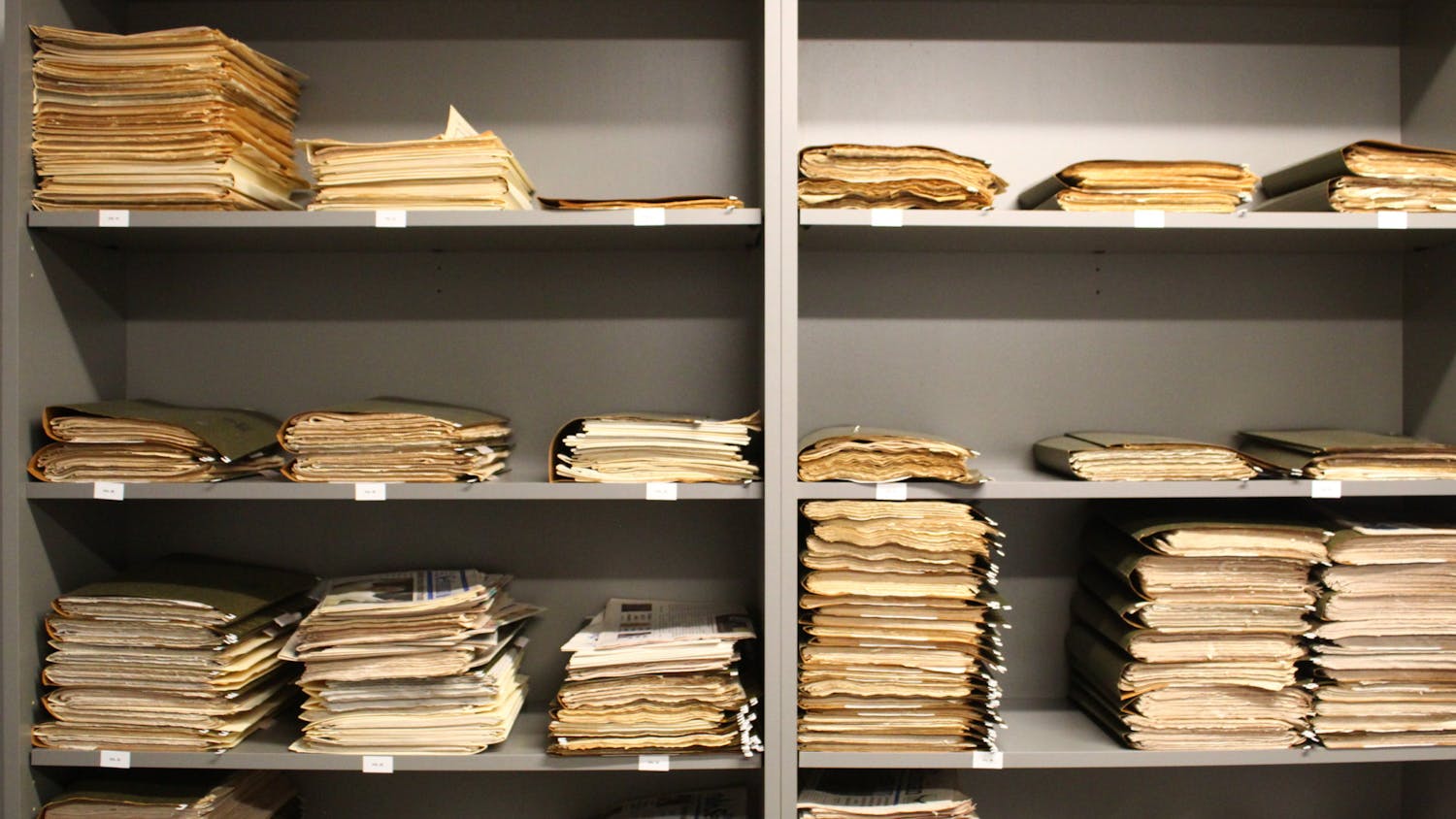Although B8 is the basement of Fahy Hall, students wouldn't expect to find the remnants of an archeological dig there. But think again because the basement is home to a mini museum known as the Seton Hall University Museum of Anthropology and Archaeology.
The museum was established Sept. 1, 1960, by Bishop John Dougherty and is home to thousands of cultural materials and artifacts that are part of Native American history.
Dougherty founded the museum with the original mission to obtain, learn about and display these cultural achievements of humankind, according to Dr. Rhonda Quinn, assistant professor of anthropology in the department of sociology, anthropology and social work.
Quinn is currently assisting with collections management. She explained that the museum has two main categories of collections, those of the historic period and of the prehistoric period.
The historic period col- lection includes hundreds of cultural materials including baskets, pots, moccasins, figurines, textiles, weapons, blankets, bags, headdresses and even cribs of Native American tribes that date roughly between the late 18th through the mid-20th century.
The prehistoric collection, however, contains thousands of animal bones and stone tools such as arrowheads. These artifacts primarily belonged to the prehistoric Lenape peoples.
The items have been collected from mainly the Midwest, Southwest and Northwest regions of the United States and were donated to Seton Hall by alumni and friends.
Former Seton Hall professor and curator of the museum Dr. Herbert Kraft excavated Lenape archaeological sites for several decades and was the main contributor to the museum's prehistoric collections.
"We hope to one day soon have a proper display and housing space open to the public and researchers," Quinn said.
However this undertaking would require proper climate control and accurate tracing of the history of the artifacts.
There are also plans for an online gallery to debut before an actual display. The gallery would have photos and descriptions of artifacts, along with a history of their origin.
This would allow the public to get a preview of the collection before viewing it in person.
But there is a lot of work to be done before those goals are met. "We haven't even scratched the surface," Quinn said.
The first step is cataloguing and taking inventory of the thousands of artifacts and to document and repatriate any items that were obtained prior to the Native American Graves Protection and Repatriation Act.
Because the museum contains such culturally significant and irreplaceable artifacts, "It's only right that this will take time," Quinn said.
She estimates it will be between one and two years before the items are ready for display.
There are only a few opportunities available to students to help in the documentation process; although those positions are earmarked for advanced anthropology majors and museum studies graduate students. Senior anthropology major Nicole Benigo was one of three volunteers in the museum last spring.
She was in charge of assisting Quinn by taking pictures, confirming inventory and performing other requested duties.
She described The Museum of Anthropology and Archaeology as "incredible" and was happy to be a part of such a "great undertaking."
Victoria Plate can be reached at victoria.plate@student.shu.edu





